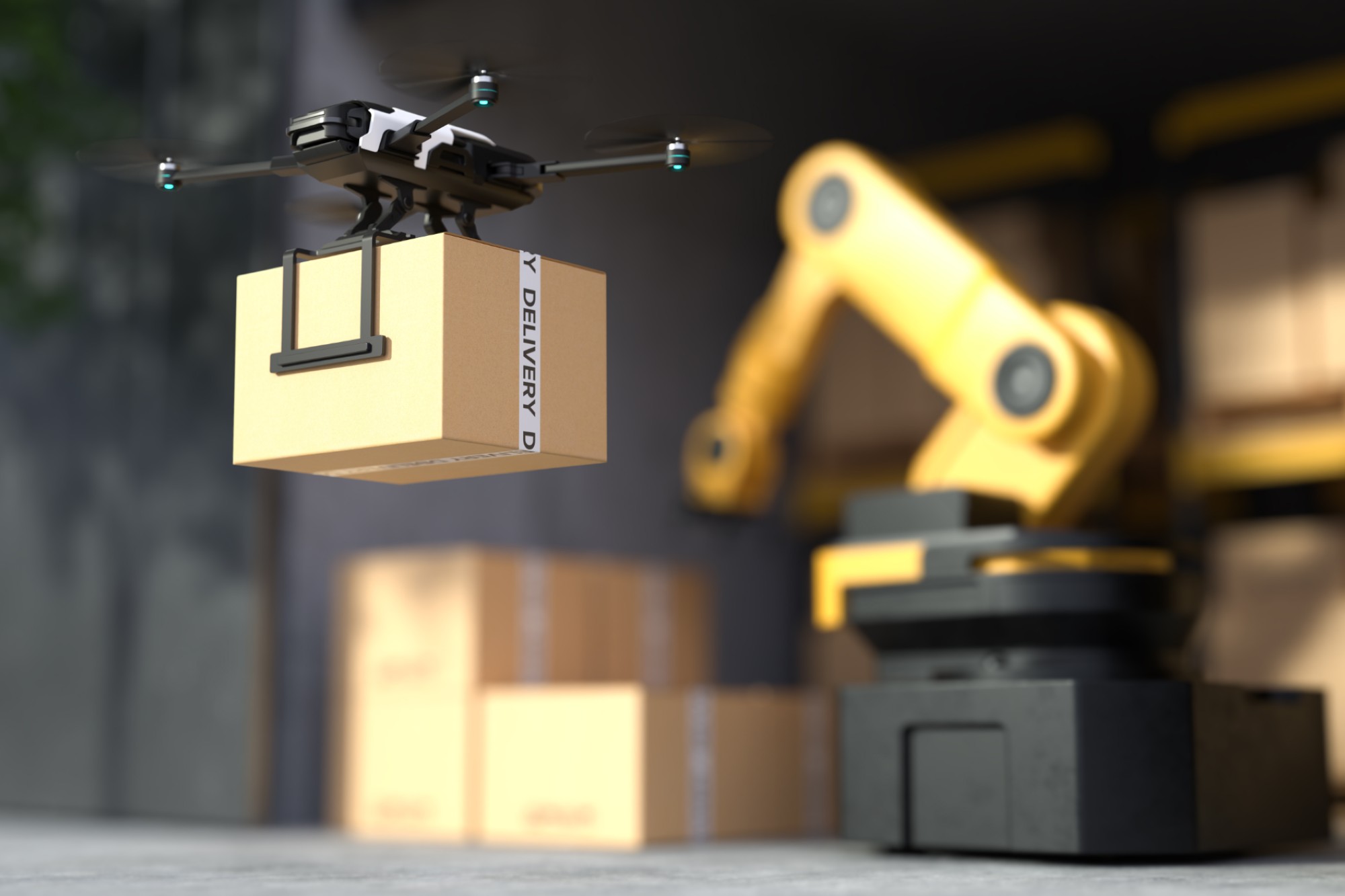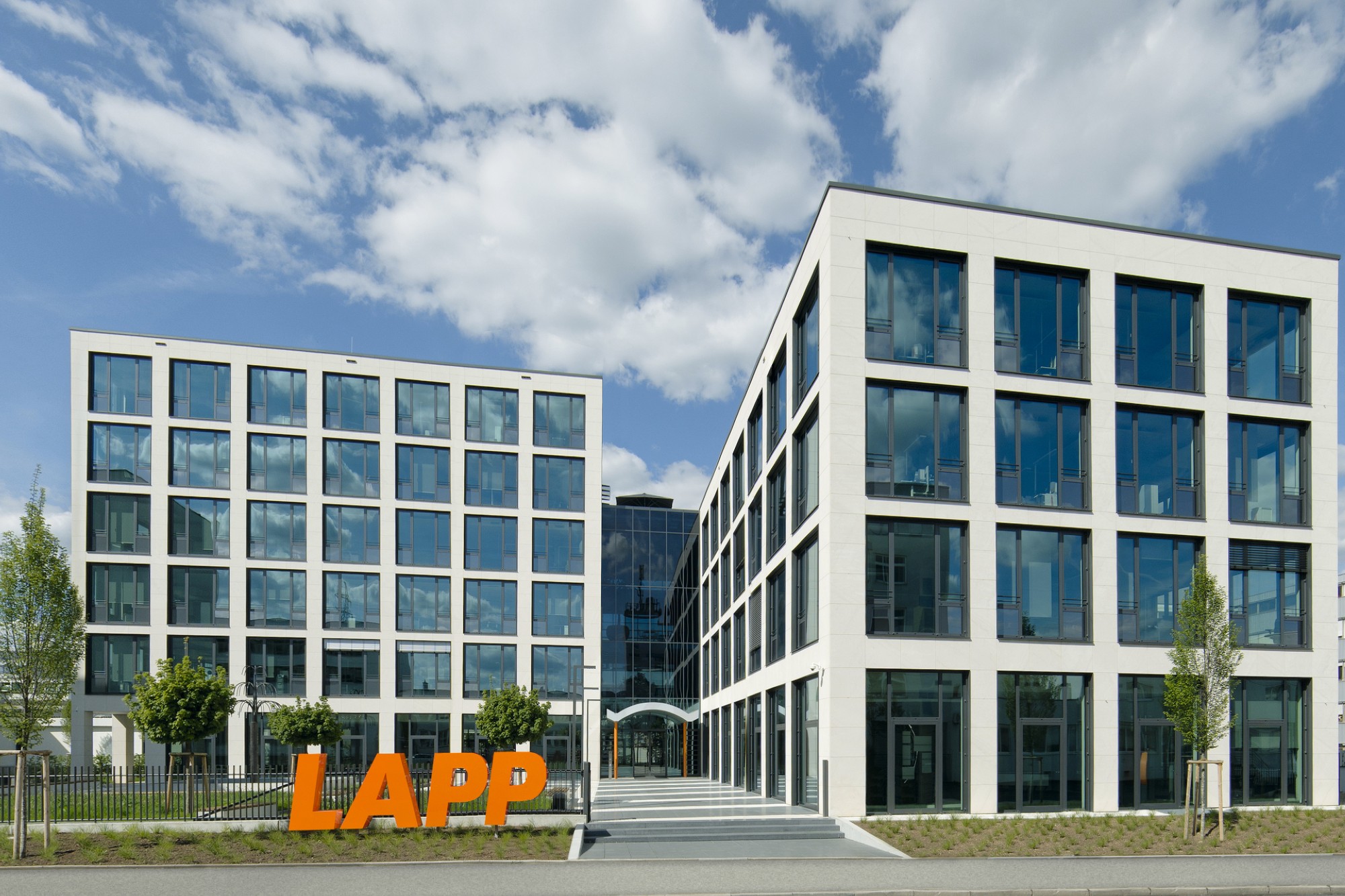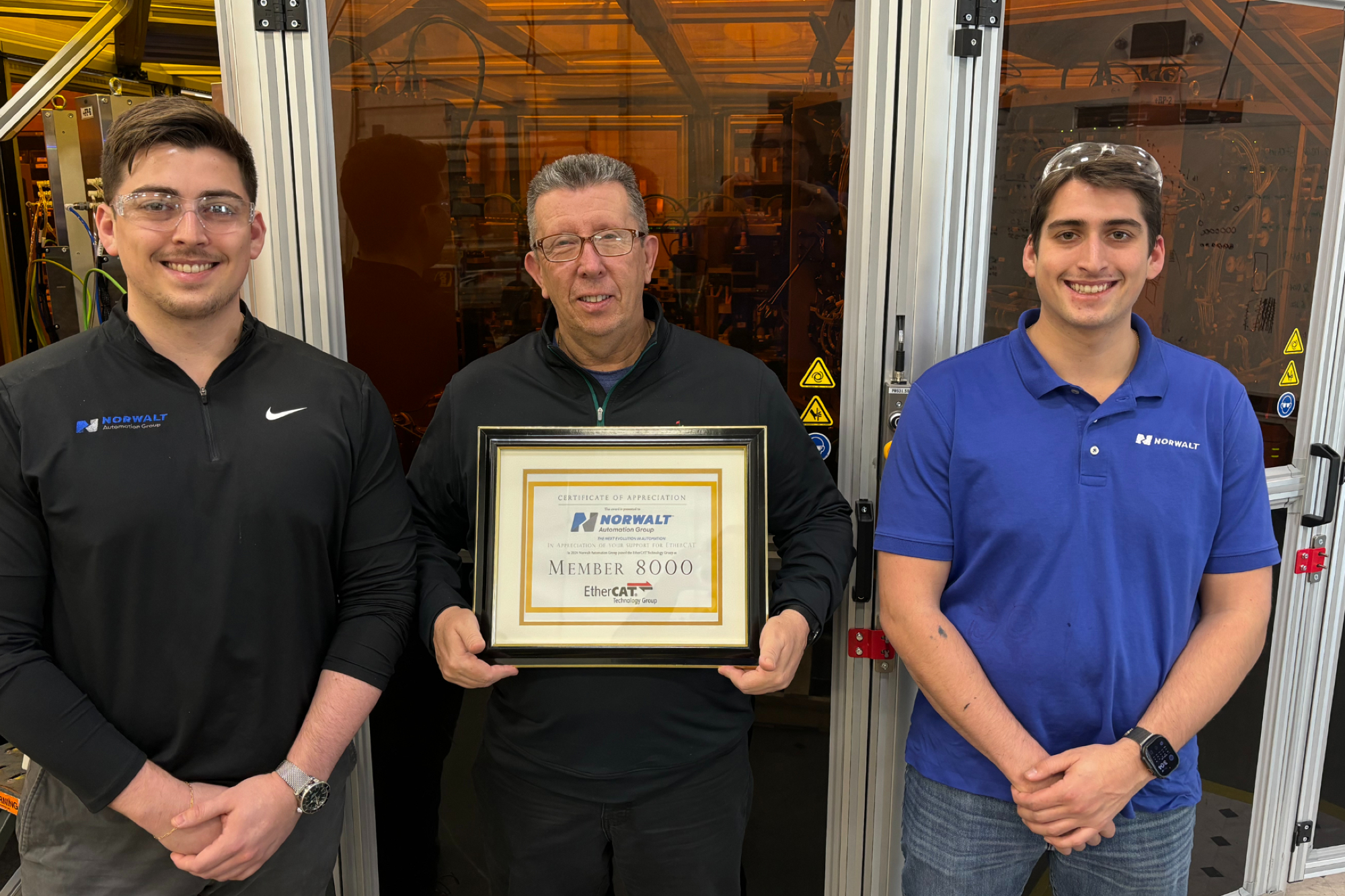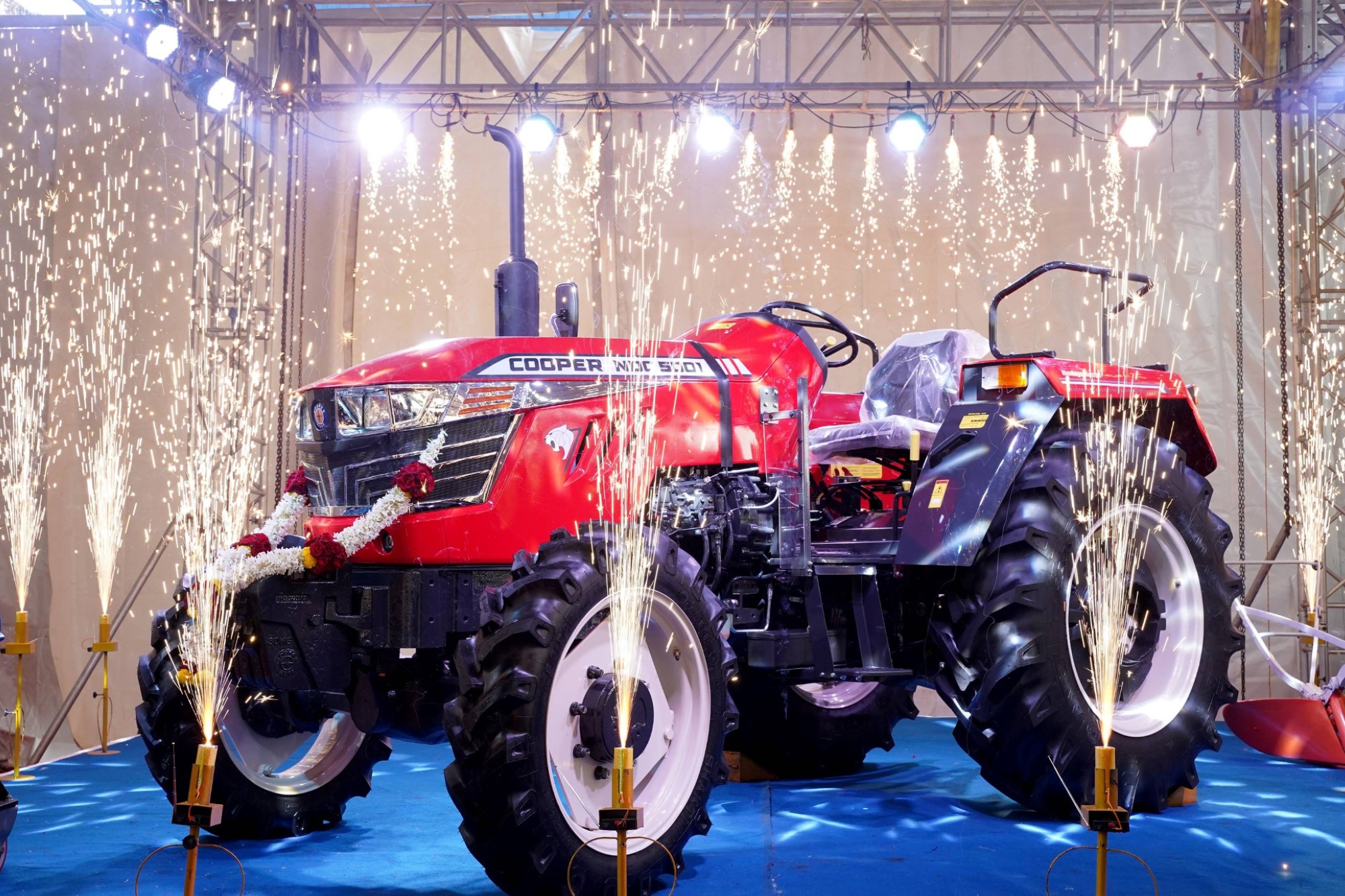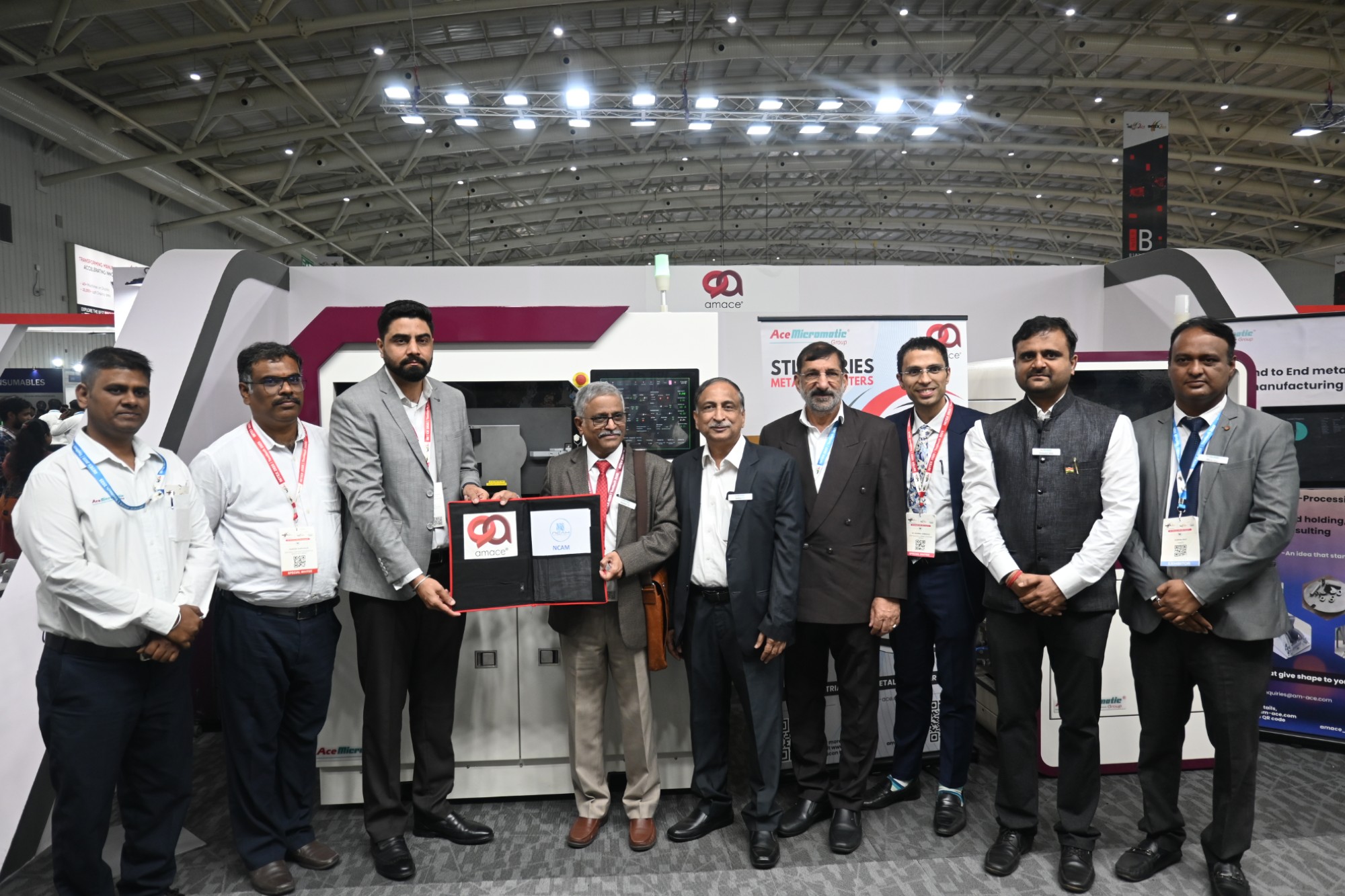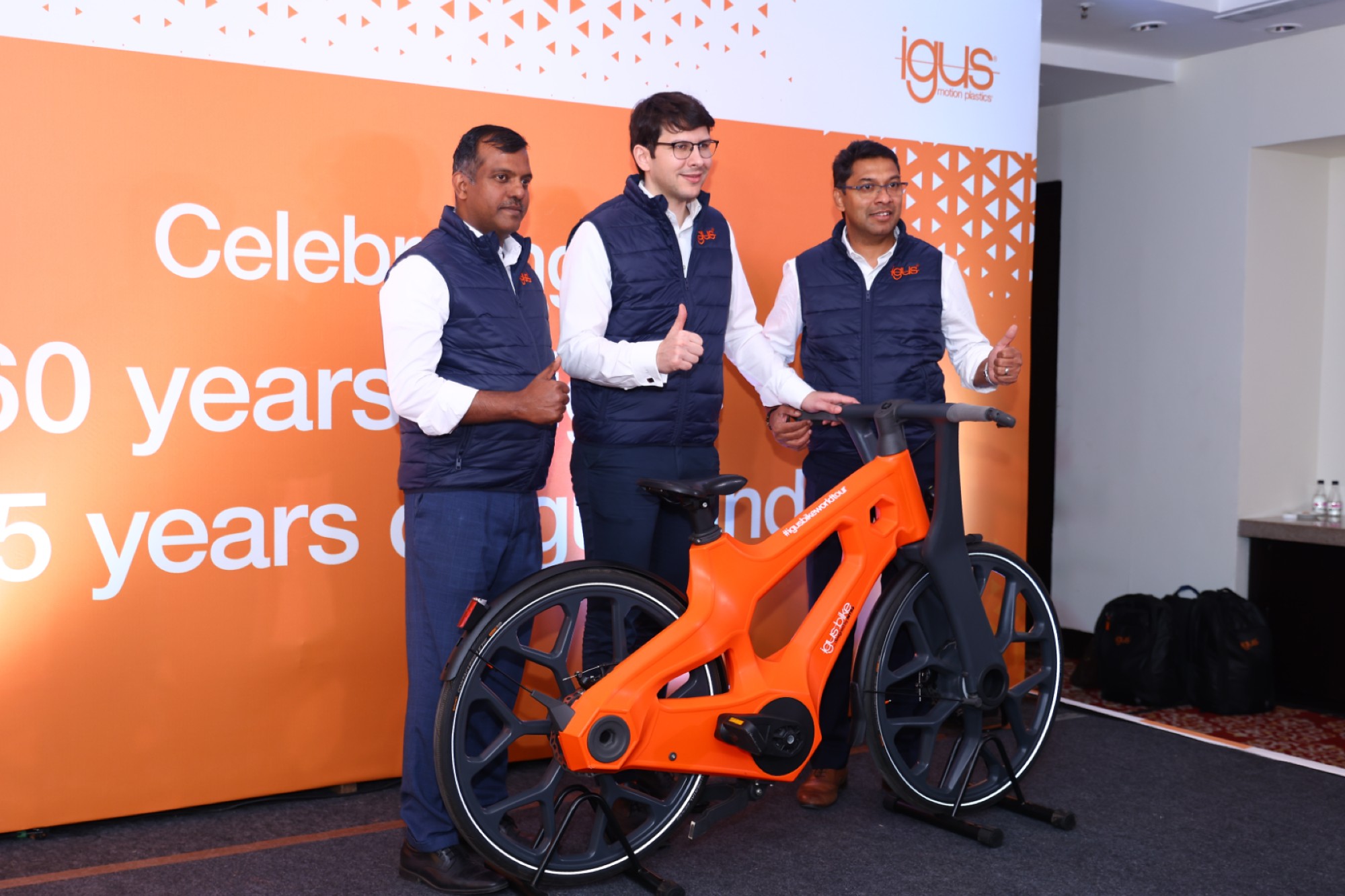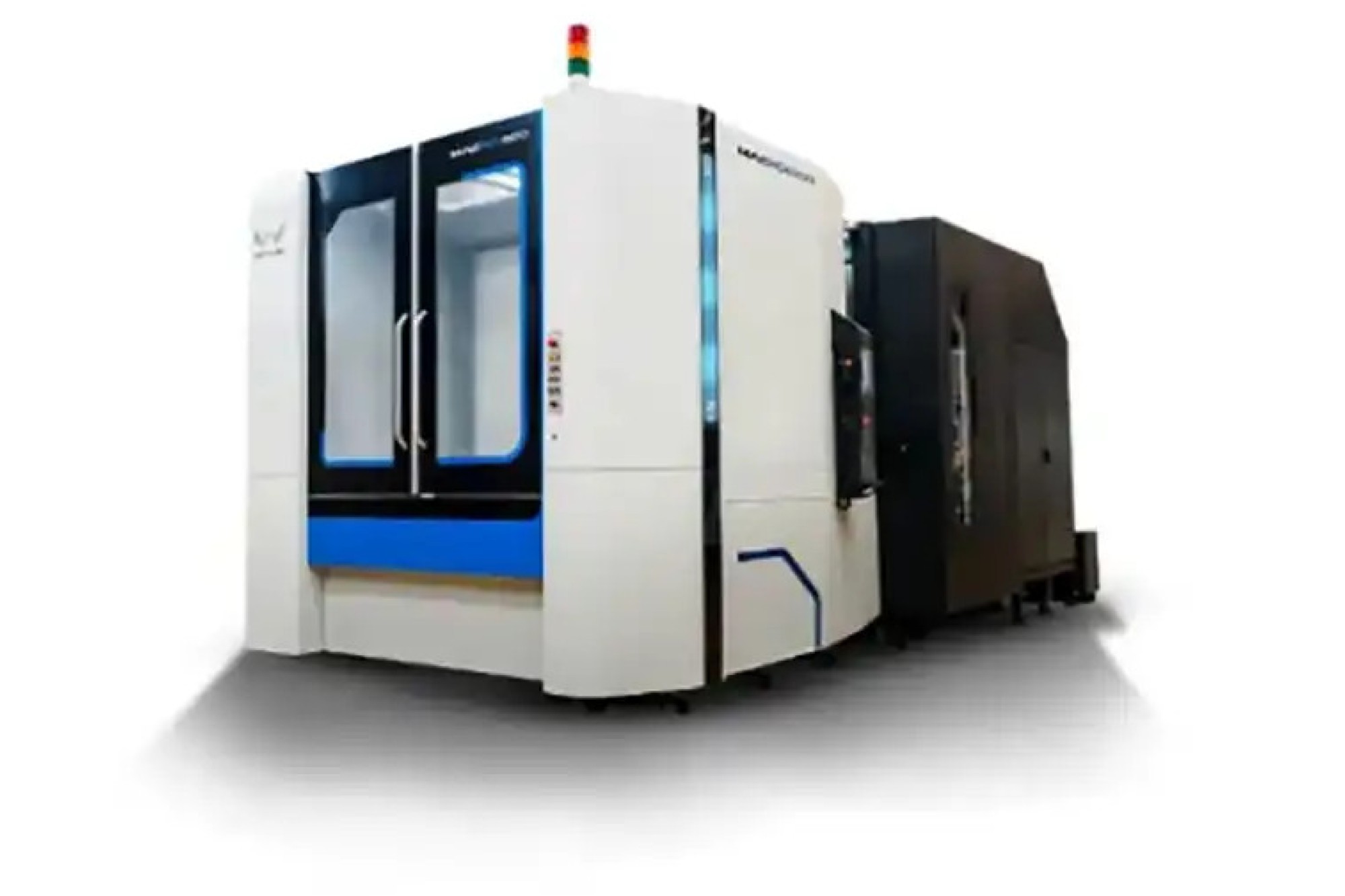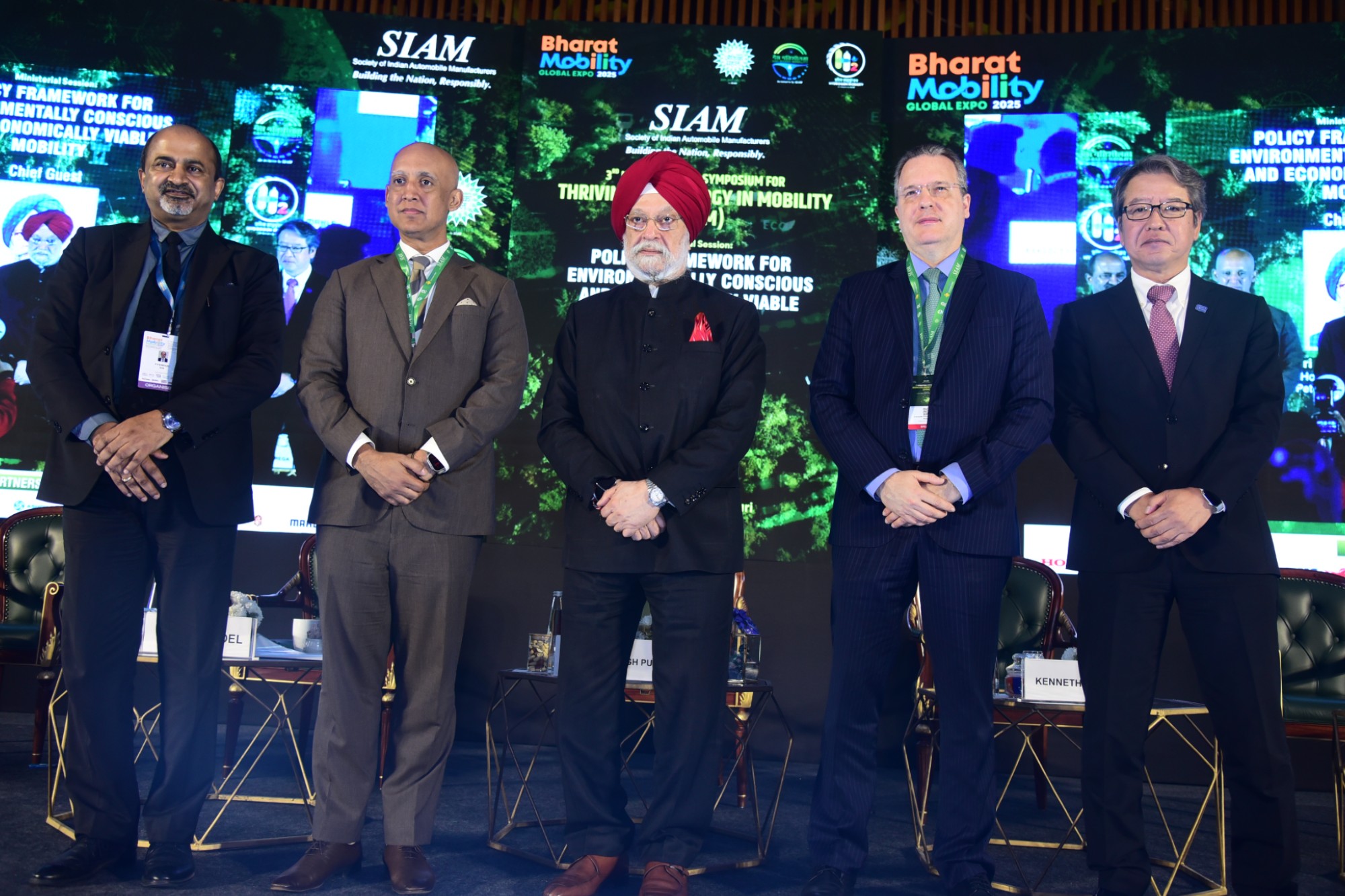Failure mechanisms of continuous casting rollers and possible remedies
By admin July 21, 2011 6:53 am IST
“Cladding, by conventional welding, over inexpensive forged materials and with the development of New Generation clad materials can produce continuous casting rollers with outstanding properties and minimize roller degradation and its failures”, describes Sidheshwar Ghosh, key industry manager (iron & steel business) at Welding Alloys South Asia (P) Ltd.
Continuous casting process is widely used casting technique in steel plants to convert liquid metal into slabs and billets etc, and this accounts 90 per cent of steel production globally. The supporting rollers are one of the main components in the continuous casting and their main function is to support and guide the red-hot billet or slab and allow further solidification (Fig 1). Continuous casting rollers during operation are subject to especially harsh environment (Fig 1b). High slab contact pressure, elevated temperature, plastic deformation of roll surfaces at contact areas, sever abrasion by oxides and slags, cyclic thermal and mechanical stresses and above all corrosion either alone or in combination, contribute towards the deterioration of caster rolls. This aggressive environment together with the demand of increased output under high quality finished product, is forcing this conservative industry to develop new materials for rolls. In addition, considerably more attention is now being paid to the role of corrosion, oxidation and thermal fatigue due to the complexity of these phenomena in continuous casting conditions.
The development work of cladding rollers by welding has seen major improvements in the last two decades, which in turn has led to a substantial increase in steel production. This trend is expected to continue for the foreseeable future spurred by the development of new clad materials, which have already shown dramatic improvements in the service life of rolls in specific applications. Cladding by conventional welding, with aid of inexpensive core materials and with the noble metals can produce continuous casting rollers with outstanding properties.
Roll failure mechanismsIn general, there are two types of roll failure mechanisms: one is catastrophic failure, such as neck breakages, cracks through the body and spalling and second one is surface deterioration, where surface degradation or loss of size from whatever causes forces the removal of roll from service.
Catastrophic failureA considerable number of conventional cast rolls have surface wear resistance sacrificed to ensure that sufficient core ductility and toughness remains, thereby avoiding the danger of catastrophic roll failures. Figure 2a shows the roll with thermal fatigue cracks and these cracks will propagate through the cross section. The roll then breaks into two parts as shown in figure 2b, if the roller has not sufficient toughness to resist the crack propagation. The catastrophic failure occurrence with tough core clad rolls should be much lower and rarely happened than the conventional rollers. Rolls with a clad outer surface are usually produced from a tough and ductile forged core on to which minimal layers of the cladding are applied. These core material are therefore capable of being subjected to considerably higher mechanical stresses than cast rolls of either iron and steel and thus the most economical materials can be chosen as long as the mechanical properties are adequate for the application considered.
Spalling of the surface may occur in virtually any method of roll production: however, under the new welding methods and controls allied to roll welding experience, the incidence of such defects is probably below that of rolls produced by other methods. Thousands of rolls in service with necks repaired by welding are testimony to the acceptability and reliability of this roll repair method. The incidence of neck breakages of correctly welded rolls is no greater than breakage of rolls with no welds.
It can be concluded that catastrophic failure occurrence generally should be lower with tough core clad rolls than by the conventional roll production methods.
Surface deteriorationThe causes of roll failures are due to a variety of mechanisms and would include high contact pressure, abrasion, thermal fatigue, crack propagation, oxidation and scaling plus corrosion in the presence of water and slag.
OxidationIt is known that iron above 600° C in the presence of air readily oxidises producing a scale. At lower temperatures the proportion of the oxygen to iron may vary, however, the oxide layer is readily formed. This friable layer is not particularly adherent to the substrate and removed by friction with material being processed. So, with every roll revolution a quantity of material is readily removed and can be the major component of wear.When chromium is added to iron, and provided it remains in solid solution and not as carbide or other precipitate, chromium oxidises at the alloy-oxide interface. Since Cr2O3 has little solubility in FeO, it remains as island of a spinal FeO. Cr2O3 in a matrix of FeO. When the chromium content is sufficiently high virtually a continuous layer of Cr2O3 forms at the alloy-oxide interface. At temperatures below 1,000° C this continuous layer is achieved with free Cr> 12 per cent. The homogenous Cr2O3 surface presents many important features for rolls, namely a lower friction coefficient and superior gouging resistance. It is self-healing i.e. if removed by severe abrasion it regeneration a new integral surface. It also shows a considerably reduced tendency to deteriorate by adhesion, and is more corrosion resistance than alloys not containing this element.
Mould Flux Induced CorrosionThe slab skin is covered by a mould flux which typically contains inorganic fluorides like calcium fluoride, calcium oxide, aluminium oxide, silica and sodium and potassium oxides and some carbonates. The presence of this flux generates a highly abrasive environment resulting in excessive wear on the rolls. More importantly, reactions between cooling water and mould flux by-products generate a very acidic and corrosive environment with an acidity of 3-4 pH and the intensity of this corrosion, further increases with temperature.
Top zone rolls which are placed immediately underneath the copper mould and are subjected to this type of corrosion. This is the main corrosion mechanism of the top zone rolls. The service life of these rolls mainly depends on the surface material and high corrosion resistance alloy could perform better for this corrosion.
Localised Corrosion or PittingPitting corrosion or localised corrosion is equally important as a cause of surface deterioration of rolls. Rolls are subjected to sprays of cooling water which always contain salts and levels of NaCl, for instance have been reported up to 700 mg/l. The creation of corrosion pits and crevices may take place due to various causes, and the main mechanism is formulated below:2Fe + 3/2O2 + 6Cl- + 3H2O = 2FeCl3 + 6OH-2FeCl3 + 3H2O =Fe2O3 + 6HCl
As a result of the above chemical reactions the pH of the solution in the environment can be as low as 3 creating a very acidic and aggressive environment leading to easy initiation of pitting especially in sensitised regions i.e. Cr depleted areas and reheated zones, as shown in Fig 3. In addition, cyclic mechanical stresses and thermal expansion stress damage the passivating surface allowing corrosion to proceed.
Localised corrosion resistance relies on the stability of the passive film and is usually assessed by the pitting index which includes three alloys additions Pitting Index (P.I) or Pitting Resistant Equivalent Number (PREN): %Cr + 3.3 %Mo + 16N
The higher the PREN value the better the pitting resistance. The effect of those alloying elements on the polarisation behaviour of stainless steel is determined by the alloying addition’s influence on the stability of the oxide film. It is important to emphasise that the beneficial effect of those alloying elements can be felt only when they are in the solid solution form and not tied up in the form of precipitates.
Stress Corrosion CrackingA significant portion of rolls is subject to corrosion, as discussed above, and tensile stress, which are two necessary factors for stress corrosion cracking. SCC is believed to be nucleated at pitting damage sites and develops under the action of local tensile stresses as a highly branched network of fine cracks. At each crack tip the combined action of the tensile stress and specific ions in the corrosive media cause continual crack propagation with little evidence of local deformation. According to the current most plausible model, a cycle of events probably takes place as described below and illustrated in Fig 4.
1. Metal at a crack tip or imperfection corrodes until passivation is complete2. Creep continuous in the metal at the crack tip, plus induced stresses (mechanical and thermal cycling), increasing elastic strain in the film3. At a critical strain the film ruptures, the crack extends and the cycle is repeated.
Cookie Consent
We use cookies to personalize your experience. By continuing to visit this website you agree to our Terms & Conditions, Privacy Policy and Cookie Policy.




